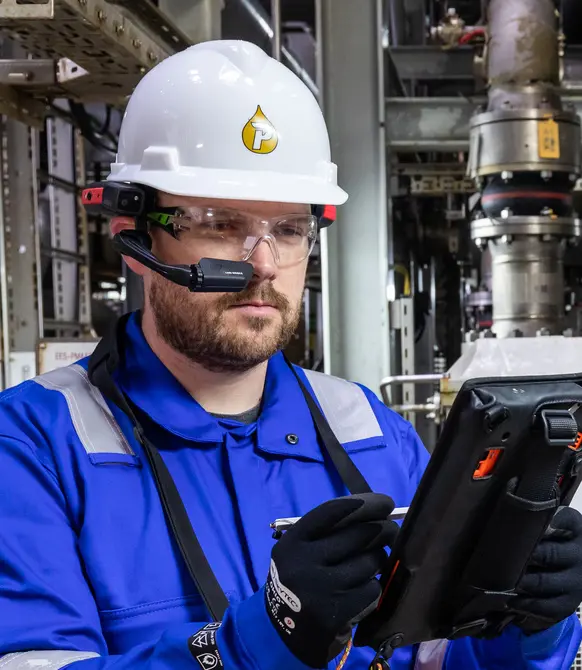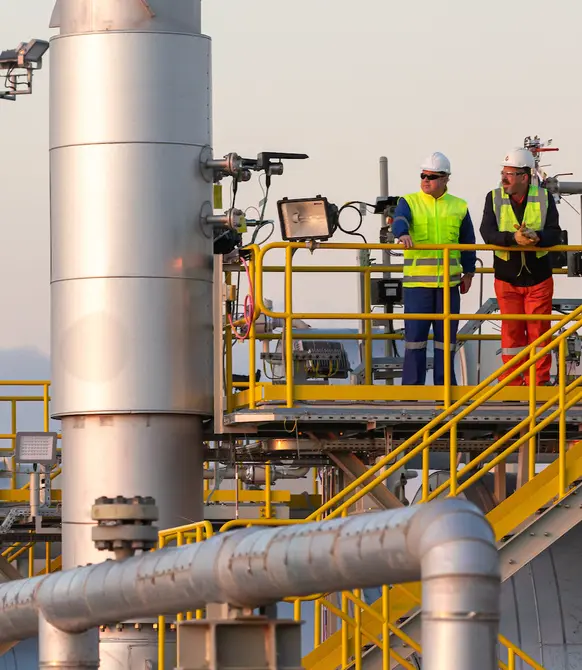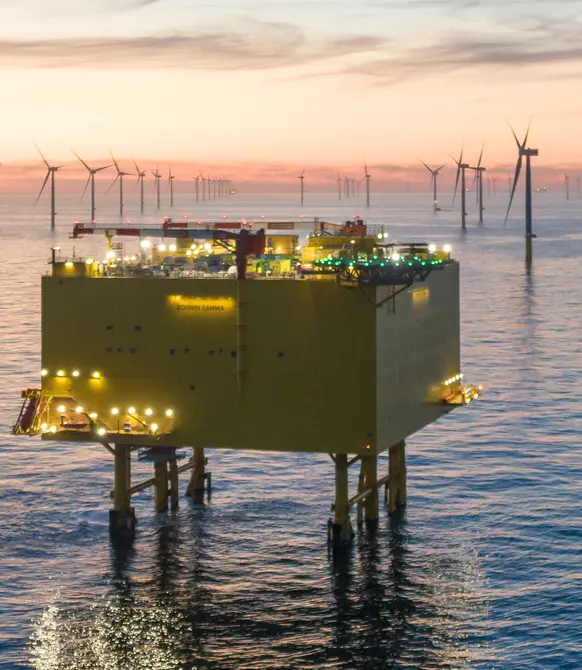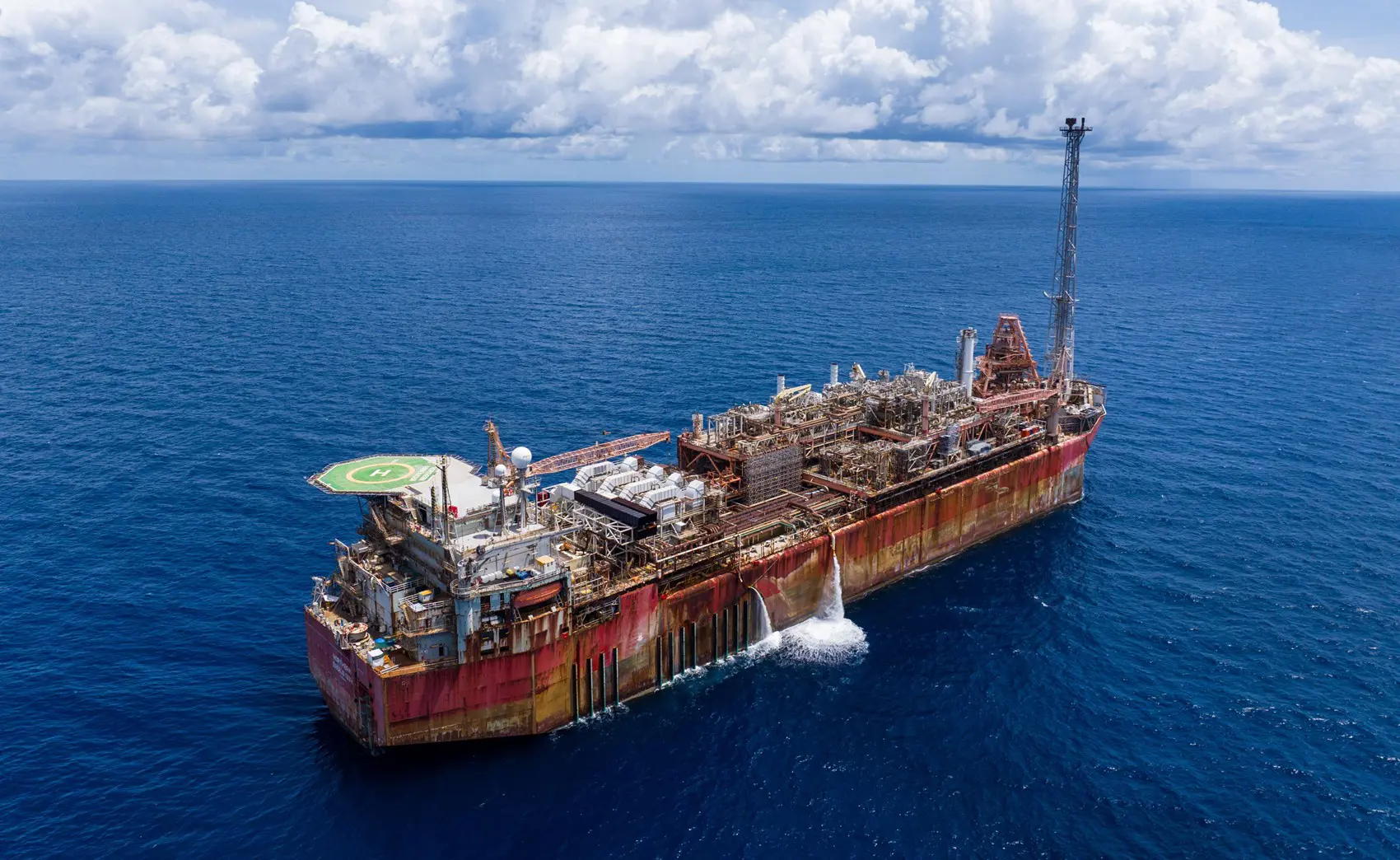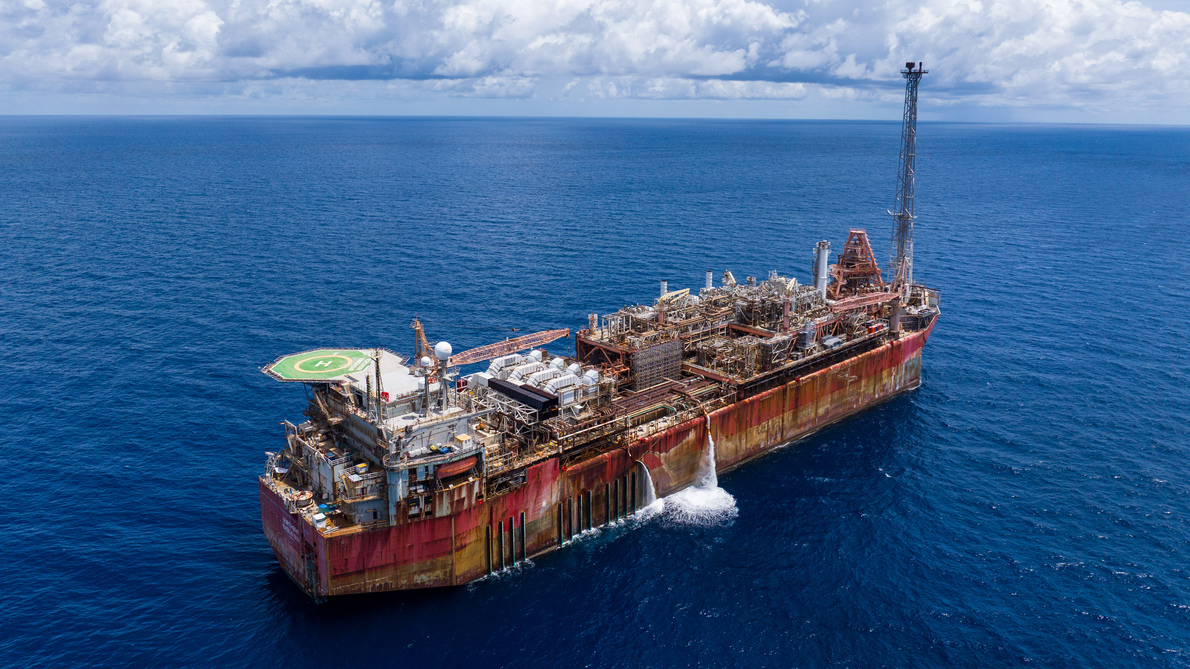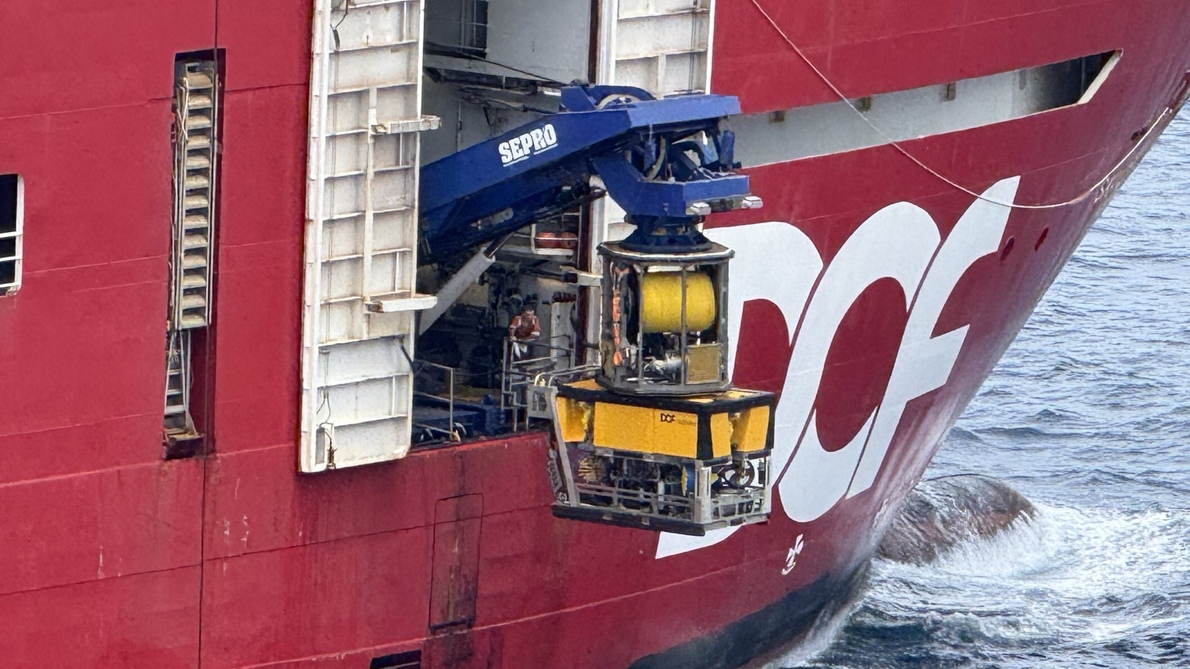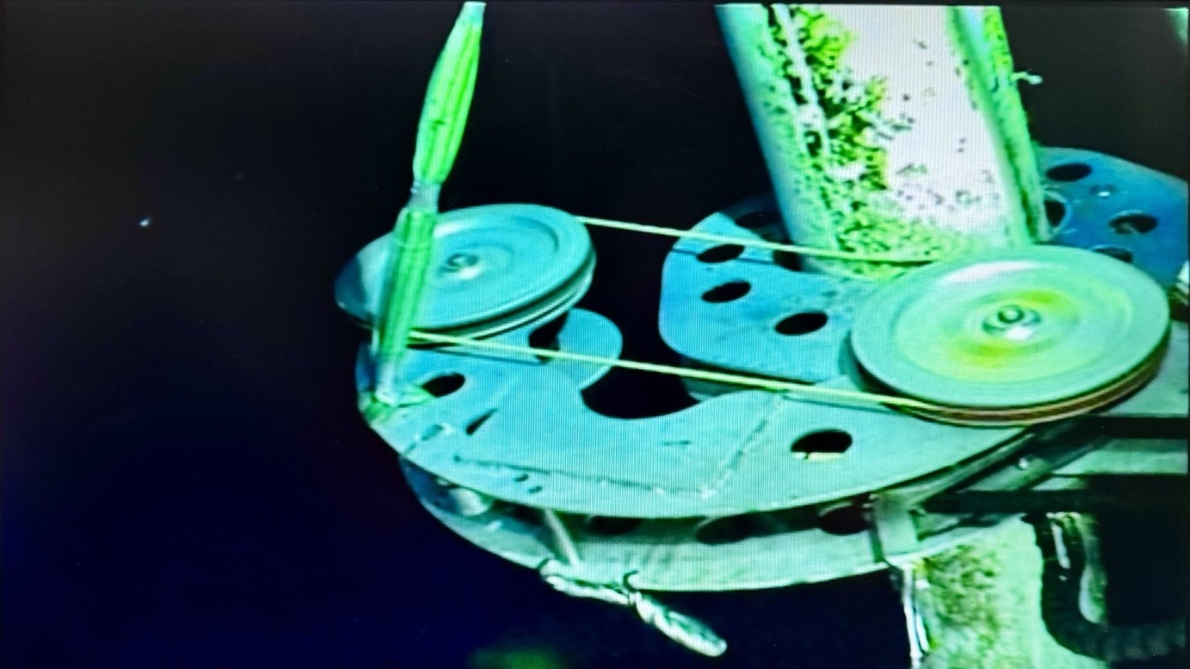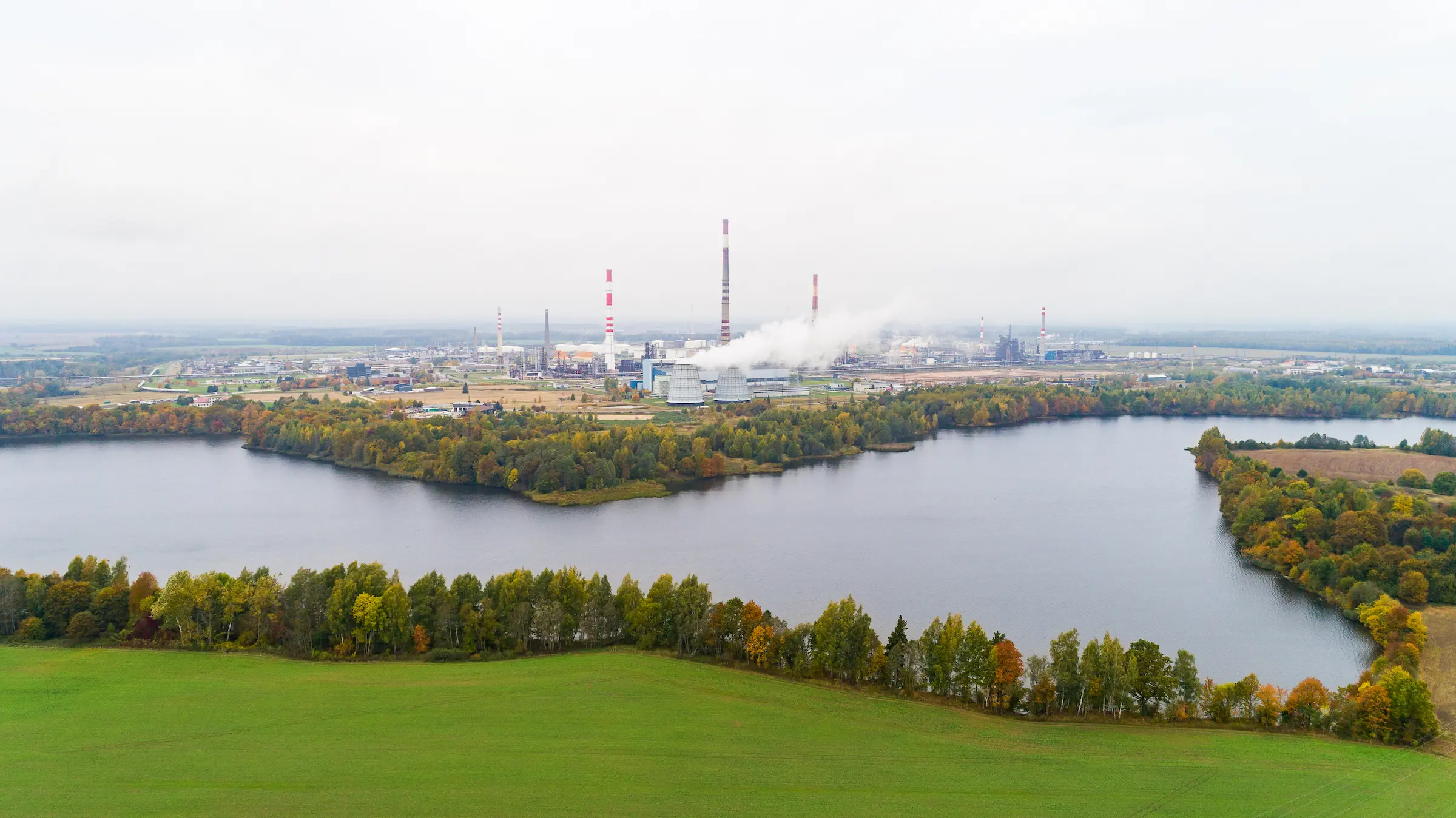

-
Media

Media
Find the latest news, magazine articles, stories and opinion pieces, background information, and images for download in our media centre.
Media -
Careers

Careers
Search and apply to our latest roles and find out how we support our people to thrive in a delivery-focused culture.
Go to Careers -
Where we operate
